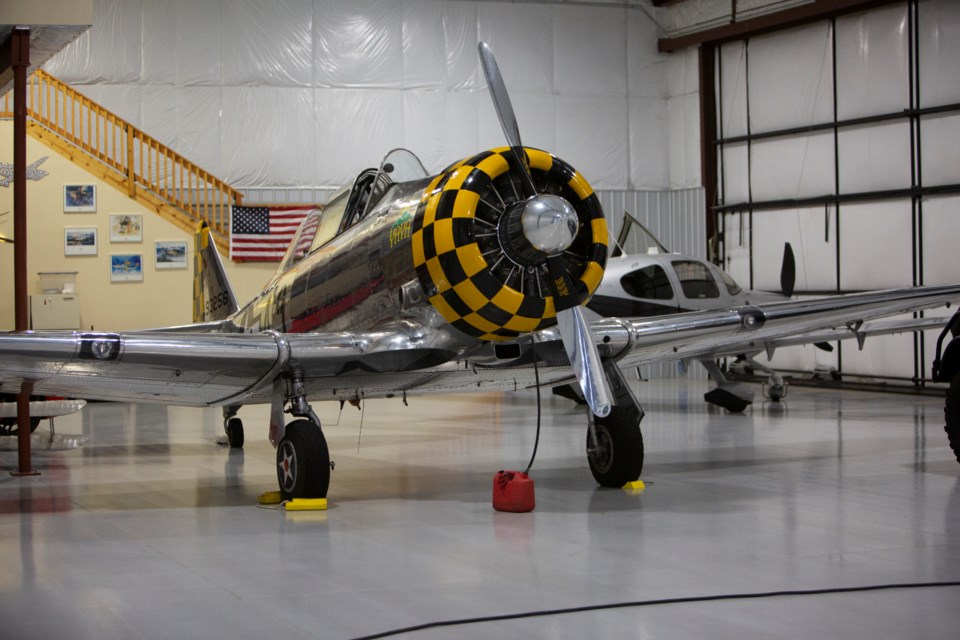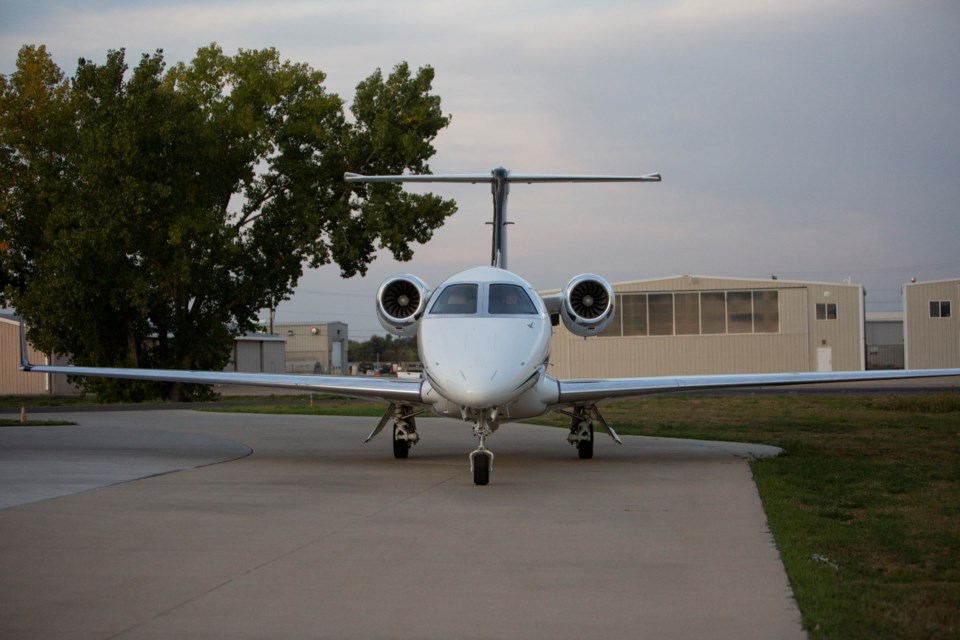Longmont’s Vance Brand Airport is more than just a base of operations for Patrick Koprowski, a structural steel erector who flies to projects around Colorado in aircraft housed at the airport.
“It’s really kind of a second home to me,” said Koprowski, who pedaled on his bike to the airport at 14 years old so he could get flying lessons from his uncle, a World War II pilot.
Koprowski is now building four hangars at Vance Brand, which opened 75 years ago to mainly help farmers fly around and inspect their crops and livestock.
Vance Brand, named after former NASA astronaut Vance Brand who grew up in Longmont, now generates over $68 million in total revenue, according to a 2020 Colorado Department of Transportation study of the economic impacts airports exert in Colorado.
Vance Brand’s location along the growing northern Front Range is an ideal spot for those who want to learn to be pilots and for business travelers eager to get to their next meeting safely and quickly, Koprowski said.
“I think it’s probably one of the best airports of its kind in Colorado,” he said.
The airport is currently used for corporate travel and flight training, and is a training location for firefighters learning to fight wildfires, Airport Manager David Slayter said in an email.
Vance Brand also boasts aircraft maintenance facilities, aerial mapping and GIS services and serves several organizations including Pilots N Paws, Angel Flight, LightHawk Conservation Flying, Civil Air Patrol as well as law enforcement, Slayter said.
All that activity usually generates about 85,000 operations at Vance Brand - one takeoff or landing - which has increased over the past 10 years, Slayter said.
The COVID-19 pandemic has cut about 21,000 operations at the airport, as businesses pull back on travel, Slayter said. “There were very few operations between March and May of this year,” he said.
Koprowski said bigger airports were hit harder than Vance Brand, which is still able to serve pilots and other aircraft-related businesses. “We were all able to get fuel and services,” he said. “I think Vance Brand will weather this.”
 Airplane at Vance Brand Airport (Photo by Rick Brennan)
Airplane at Vance Brand Airport (Photo by Rick Brennan)
Farmers Cole and Paul Kugel helped develop the airport and organized the International Flying Farmers in October of 1945. They used aircraft to check on crops, livestock and irrigation ditches, Slayter said.
Later, more people began to learn how to fly and in the early 1950s the federal government provided funds to convert the grass runway to a cement runway and create a parallel taxiway and aircraft parking apron, he said.
The largest era of growth for Vance Brand came in the early 1990s with more hobbyists relocating to the metro-area, Slayter said.
As Stapleton International Airport closed and DIA opened, Vance Brand became one of the airports that would relieve some of the air traffic congestion around the metro-area, Slayter said.
“It remains a popular location for aircraft conducting flight training to go to and from other airports, along with the flight schools already based in Longmont,” he said.
All the growth has led to conflicts over noise, especially five years ago, Slayter said. Most of the complaints were over skydiving activity near the airport. Earlier this year, flight training drew some of the ire from neighbors.
Citizens for Quiet Skies say local airports, including Vance Brand, are causing noise and sound pollution. Citizens for Airport Accountability recently targeted Vance Brand over airport budgeting and plans for future expansion. But the group could not get enough signatures to place a proposed city charter amendment onto the November ballot.
Vance Brand provides voluntary noise abatement procedures for takeoff/departures and arrivals as well as while in the airport traffic pattern, Slayter said.
Most complaints come from a small segment of the population, he said, and are fewer than in years past.
“...I believe that in part, has to do with most pilots doing what they can to help” cut noise problems, Slayter said.


